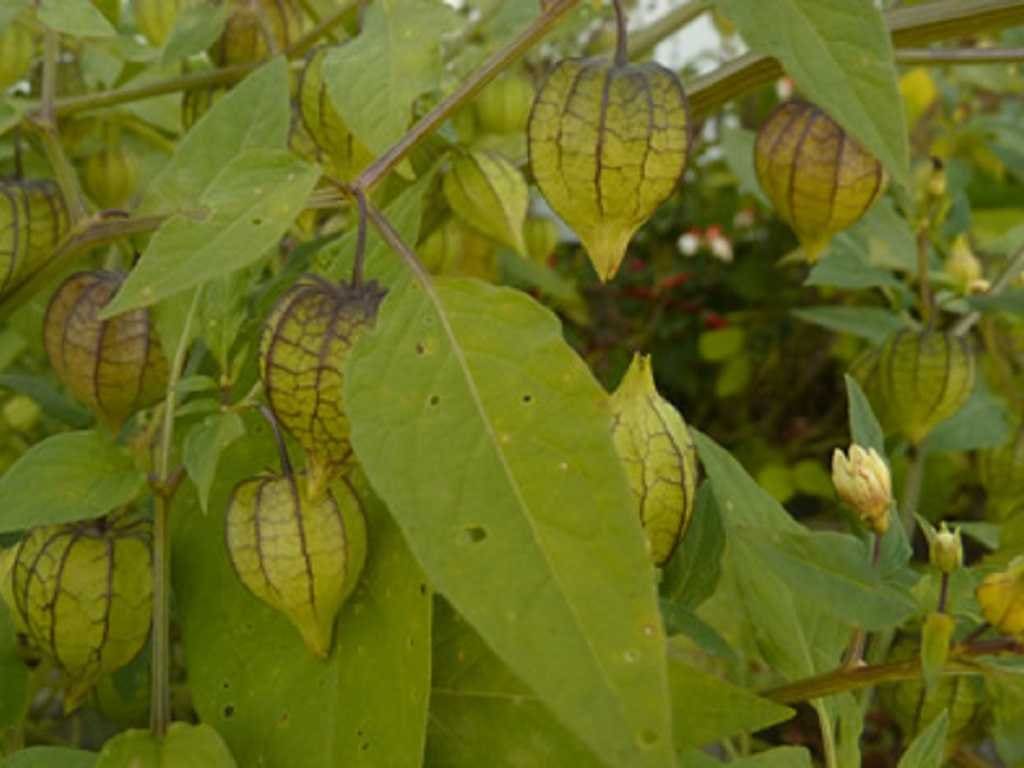The End Of Living & The Beginning Of Survival
I often find myself wondering why agriculture was adopted. I find it fascinating to read about indigenous groups, and though they weren’t perfect in many areas, when it comes to food, they almost all had a very intimate relationship with nature, which most often worked itself out in the early stages as hunter-gatherers.
"Empty is the flute that allows air to pass through it. Oh what sweet music can be played."
From my own experience of the energy demands of small scale agriculture, to observing the energy demands of large scale agriculture, it has become clear to me that growing your food by means of agricultural control requires a lot of resistance, like trying to move upstream against a strong current. It seems to me that the more we try to grow the harder we must work, and the more we work the further we fall into the Faustian bargain. Nonetheless, as we are starting to let the stream take us, by learning about what is around us and simply gathering more and more of the food that is given freely each year, we find ourselves using small scale agriculture less.
"The clock made us into time keepers, and then time savers, and now time servers. In the process, we have learned irreverence towards the sun and the seasons, for in a world made up of seconds and minute, the authority of nature is superseded."
An ongoing theory that runs through my head is that perhaps agriculture is the product of changing stories; the end of living and the beginning of survival. There are hints of an earlier story based on the gift mentality, where humans viewed the land, plants and animals as gifts of the earth, received freely and given freely. However we now find ourselves in a new story that is based on ownership, where humans now view the land, plants and animals as items of exchange, received with labor and now given for a price.
"The assumption of scarcity is at the very root of economics, in which exchange happens when one person has a "need" or a "want" that is difficult or impossible to fulfill oneself, but that another person can fulfill more easily. Hunter-gatherers had virtually no such needs, and subsistence farmers have very few. We can see economic growth, then, as reflecting an escalation of neediness, an intensification of the state of being in want. Today, inundated in an unprecedented deluge of material conveniences and luxuries, we are nonetheless desperately in want. Think of that phrase, to be in want. I want, I want, I want. To be constantly in want is the very definition of poverty, no matter how large one's house or bank account. By that measure, ours is perhaps the poorest society the world has ever known."
Goldenberry reminds me of this earlier story, for once a seed is planted, it will show up all around you, year after year, offering you its free gifts of incredible fruit, each individually wrapped for your picking pleasure.
"Your destiny is a mystery to us. What will happen when the buffalo are all slaughtered? The wild horses tamed? What will happen when the secret corners of the forest are heavy with the scent of many men and the view of the ripe hills is blotted with talking wires? Where will the thicket be? Gone! Where will the eagle be? Gone! And what is to say goodbye to the swift pony and then hunt? The end of living and the beginning of survival."

